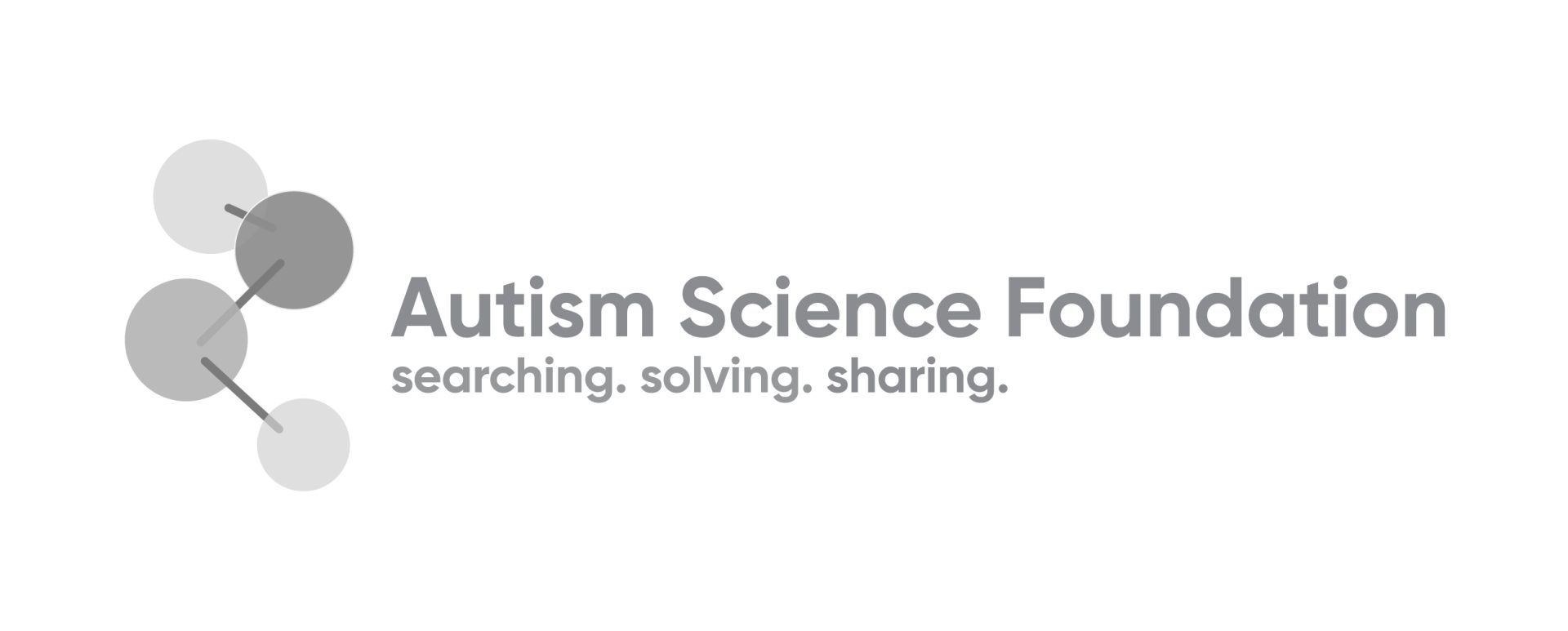This week’s podcast combines two important post Mother’s Day topics – parents and eating. Two recent studies have shown the promise of using parent – delivered interventions to help improve food selectivity and food aversions in kids with autism. These two behaviors can be one of the most frustrating and challenging for parents and kids, and can lead to nutritional deficiencies. These behaviors can range from mild to severe, and previously, only inpatient or outpatient clinic based approaches seemed to have any benefit. Now it seems that with coaching, encouragement and instruction from trained experts, parents can help their kids eat better foods. Listen to the podcast here.
This year’s Day of Learning included two presentations on the use of technology among people with autism. As it turns out, technology can be great. In fact, a new study using Google Glass shows promise in improving socialization. On the other hand, sometimes technology can have a downside. People with autism spend more time than typical peers on their iPads, iPhones and other devices. What could be wrong with that? Well, problematic internet use is linked to autistic traits and suicidality. This link is NOT a clear line and obviously causes of suicide are multifactorial. However, new data demonstrate that obsessive internet use is not making things better for people with ASD. Listen to the podcast here.
Females with autism are different than males with autism in a lot of ways. This week, researchers used twins to examine the differences between males and females with autism in their brain structure and how it’s associated with autism traits, not a diagnosis. To do this, researchers in Sweden turned to twins. As it turns out, females have more of a diversity of differences in brain changes compared to boys, supporting the female protective effect. But how to females with autism feel? As them! A group in the UK interviewed over 20 women on the spectrum or their parents to find out what concerns them most and what they find most challenging. Listen to the podcast here.
There is demonstrated genetic overlap between many neurodevelopment disorders including ASD, ADHD, and schizophrenia, and now there is data showing similarities in the structure and size of the brains in people with autism and those with ADHD. These differences depend on how severe social difficulties are, but the similarities are seen with ASD and ADHD, but not OCD. In addition, this week there are new depressing results from the Interactive Autism Network on unemployment and females with ASD. The results may not surprise you, but they will upset you. Listen to the podcast here.
What do Princess Kate and Amy Schumer have in common, and what does it have to do with autism? The answer: Hyperemesis Gravidum. It’s linked to autism, but not strongly, but it does show more evidence of significant overlap between many neuropsychiatric issues and disorders.
More importantly though, those with low verbal ability and low cognitive function are harder to study than most people with autism. Two new research studies documented what they had to do to make studies in this population possible, and how this group was different from those with average IQ and some words. One looked at brain structure, and the other was a treatment for minimally verbal girls with autism. Listen to the podcast here.

